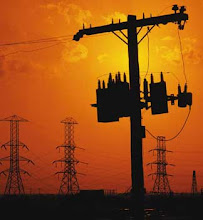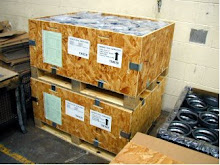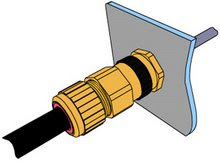When the federal government approved the Cape Wind project in April, allowing 130 power-generating turbines to be placed in the waters off Cape Cod on the US east coast, it gave a significant boost to the prospects of wind energy, but the comparatively high costs of wind power remain a problem. However in a new study, MIT researchers have concluded that some of the price problems associated with wind power can be remedied right now, given a couple of changes to the electricity grid.
A key insight of the study is that wind’s apparent drawbacks as a power source – it only blows intermittently, and in many places blows harder at night than during the day – could actually be used to the advantage of power companies, with one condition. If power grids were equipped with large storage batteries that are commercially available right now, placed near urban areas, they could accumulate energy via wind power during off-peak night hours, then discharge the saved power during peak afternoon hours (when people have their air-conditioning on during the summer, for instance). That would make economic sense for the power-grid operators, which pay higher rates to generators during peak hours, while keeping consumer prices intact.
‘With existing battery technology and realistic costs, we wanted to see if it is possible to take advantage of market dynamics to make wind power profitable now,’ says Goentzel. He and his colleagues combined information about leading-edge grid-scale batteries with two years of historical data on wind speeds, utility prices and consumer electricity use throughout New England. For power companies, Goentzel says, wind can work, but ‘it comes down to how you manage the battery: When you charge, when you discharge and where you locate it.’
Location, location, location
In New England, retail electricity prices in February 2010 averaged US16.3c (about R1.24) per kilowatt-hour (a standard industry measure), according to the Department of Energy. The Cape Wind project is slated to begin selling wholesale electricity to National Grid, a utility firm, at US20.7c (about R1.58) per kilowatt-hour.
In general, however, the cost of wind energy depends on wind speed, location – onshore turbines generate cheaper power than offshore machines, due to installation expenses – and other factors like transmission costs. Nationally, according to the American Wind Energy Association, a trade group, wind costs a wholesale price of US4.8c (about R0.36) per kilowatt-hour with wind speeds of around 25km/h, and US2.6c (about R.20) per kilowatt-hour at about 33km/h. (This factors in the federal government’s renewable energy production tax credit, worth US2.1c (about R0.16) per kilowatt-hour.)
To calculate costs, the MIT team first received detailed data about current and next-generation products from officials at two companies that build large-scale modular batteries suitable for grid use (the firms asked for anonymity). Then, after scrutinising the historical data, the researchers noticed something that could make wind power feasible: In all locations, electricity prices vary between peak and off-peak hours, but the spread is greater in heavily populated areas, like Boston, Providence or southern Connecticut. Yet because of civic politics, notes Siegert, ‘Wind plants are located further away from where the demand is.’ People tend not to want windmills spoiling the view from their windows.
To turn wind power into affordable electricity, then, the key is to connect rural wind farms to power-storage devices near cities, rather than locating storage devices near wind farms. ‘If you put batteries in upstate Maine, yeah, you’re going to get lower prices at night and higher prices during the day, but the difference is not as extreme as in the area around Greenwich or Cos Cob, Connecticut,’ observes Siegert. ‘So if you look strategically at where to place grid-scale batteries, there are huge arbitrage opportunities in some locations.’
Batteries not included (yet)
To see if wind power would fit into a profitable power-delivery model, the researchers built a Monte Carlo simulation model of the grid (http://web.mit.edu/newsoffice/2010/exp-monte-carlo-0517.html), plugged in a rich set of data on weather patterns and market prices, and then examined the expected profits.
The two types of large batteries in the model cost US$144 million (about R1.1 billion) and US$60 million (about R457 million), respectively. Given the current range of electricity prices, the researchers’ conclusion is that the second type of battery would pay back its costs after 14 years of summer-level use (when electricity consumption is higher) and 32 years of winter-level use, and would have an operating life of 30 years.
The operating profit, they found, increases sharply when grid batteries charge and discharge dynamically throughout the day depending on conditions. Other energy analysts have studied the battery concept while assuming operators would employ six-hour spans for charging at night and discharging during the day. But consumer use fluctuates more rapidly than that; an energy-delivery program with shorter charging and discharging periods would not only fit demand patterns more closely, but help extend battery life, too. Moreover, adds, Goentzel, ‘Any technological advances in batteries will only make the business case better.’
One additional policy qualification is needed to make the concept practical, adds Goentzel. Grid operators pay pumped hydro-power facility owners in order to have backup power capacity ready at all times. Applying the same concept to battery-stored power would give businesses incentive to invest in wind farms. ‘Installed capacity payments are important in making large-scale battery storage viable,’ acknowledges Goentzel, ‘But it’s not some kind of special green energy subsidy, it would just require extending the current policy for pumped hydro to batteries.’
If large-scale batteries are a profitable investment for energy-delivery companies, then, and can be operated in a way that fits the characteristics of wind power, the final question is how much room there is for wind power to grow. The offshore areas of Massachusetts are the windiest in the state. On dry land, New England’s largest contiguous windy area is Eastern Maine.
Namovicz says the EIA projects that as much as 8,500 megawatts of wind energy – enough to power between 1.9 million and 2.6 million homes – is available in New England at economically viable prices.
The critical question the study has answered, Goentzel says, is that ‘certain operational strategies can help profitably deploy battery storage at scale without special subsidies. The concept is not limited to experimental projects, like putting a small battery on a wind-farm site.’
The MIT study, Economic Analysis of Wind Plant and Battery Storage Operation using Supply Chain Management Techniques, has been accepted for presentation at the July 2010 IEEE Power Engineering Society General Meeting, in Minneapolis.
Source: MIT













.jpg)



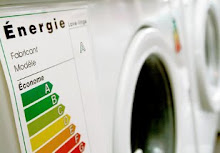

.jpg)

.jpg)








.jpg)

.jpg)













.jpg)


.jpg)




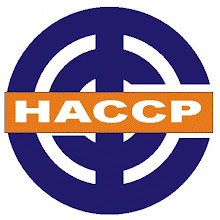

























































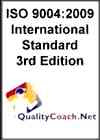
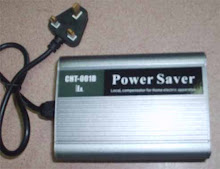































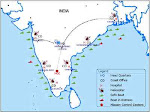








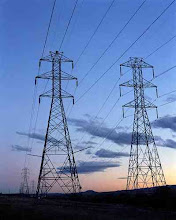







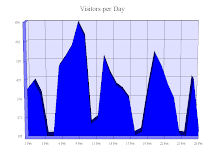





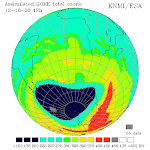













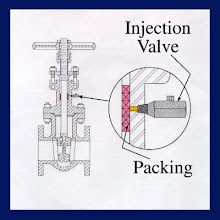












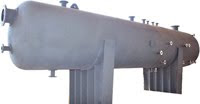








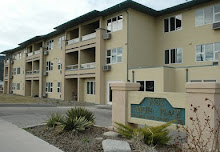







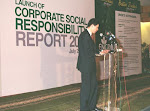







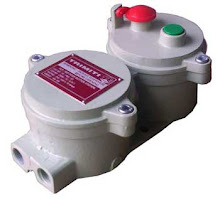










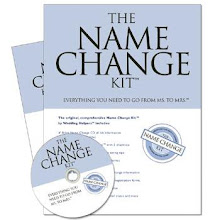
















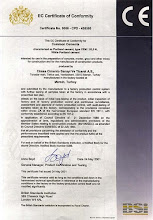

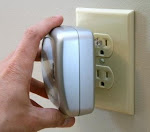


















.jpg)

.jpg)







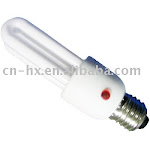



.jpg)



































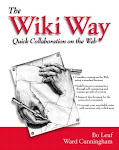



















.jpg)










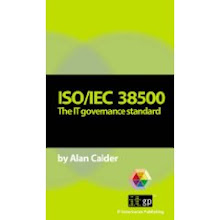




.jpg)





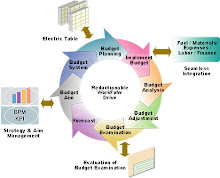

















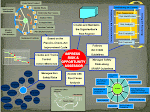












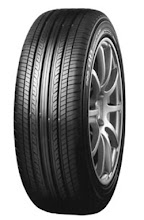



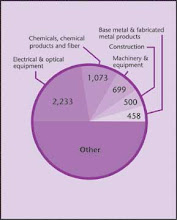
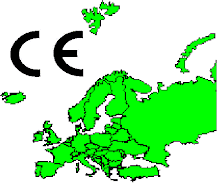

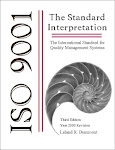


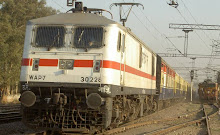




















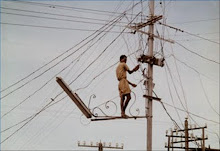



































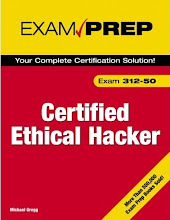

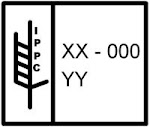
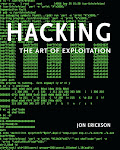

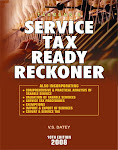









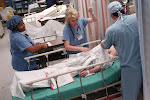











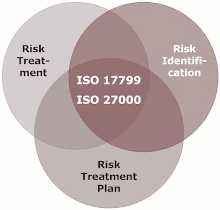





.jpg)












